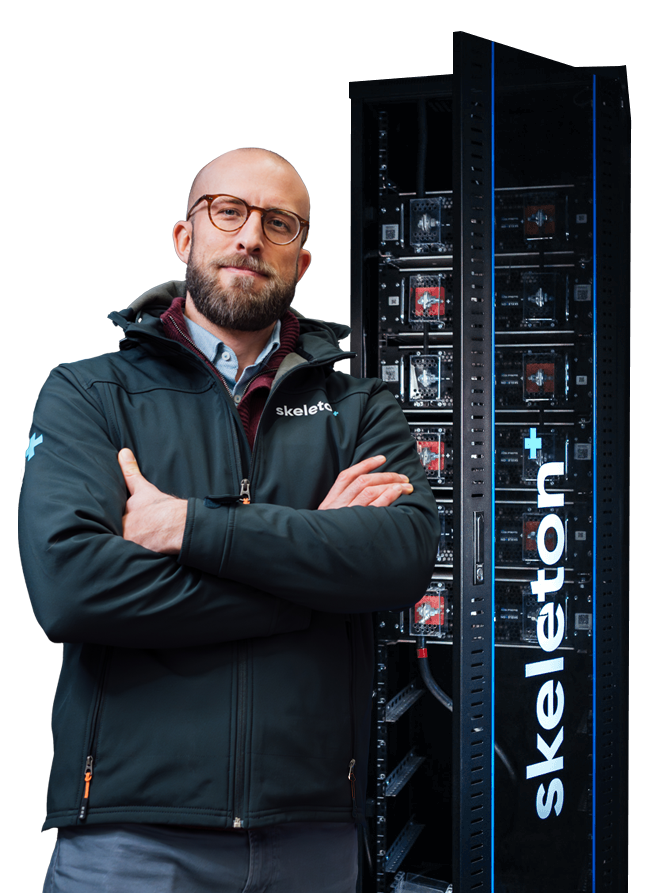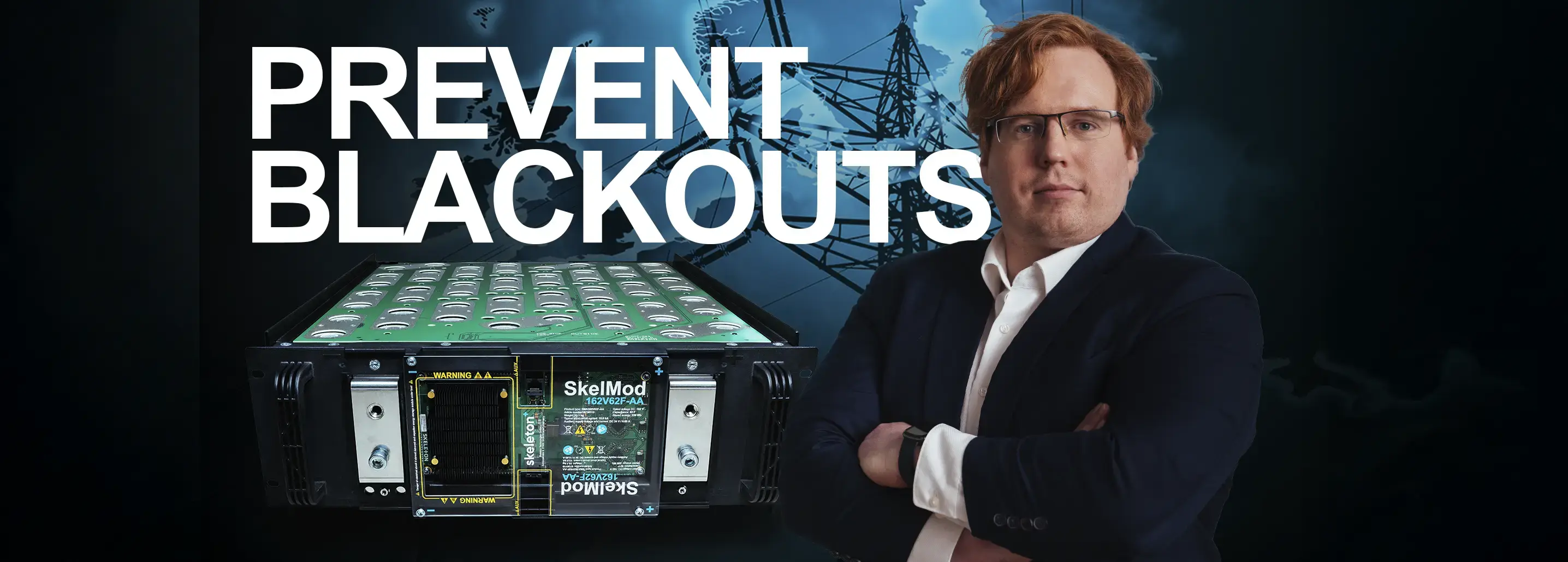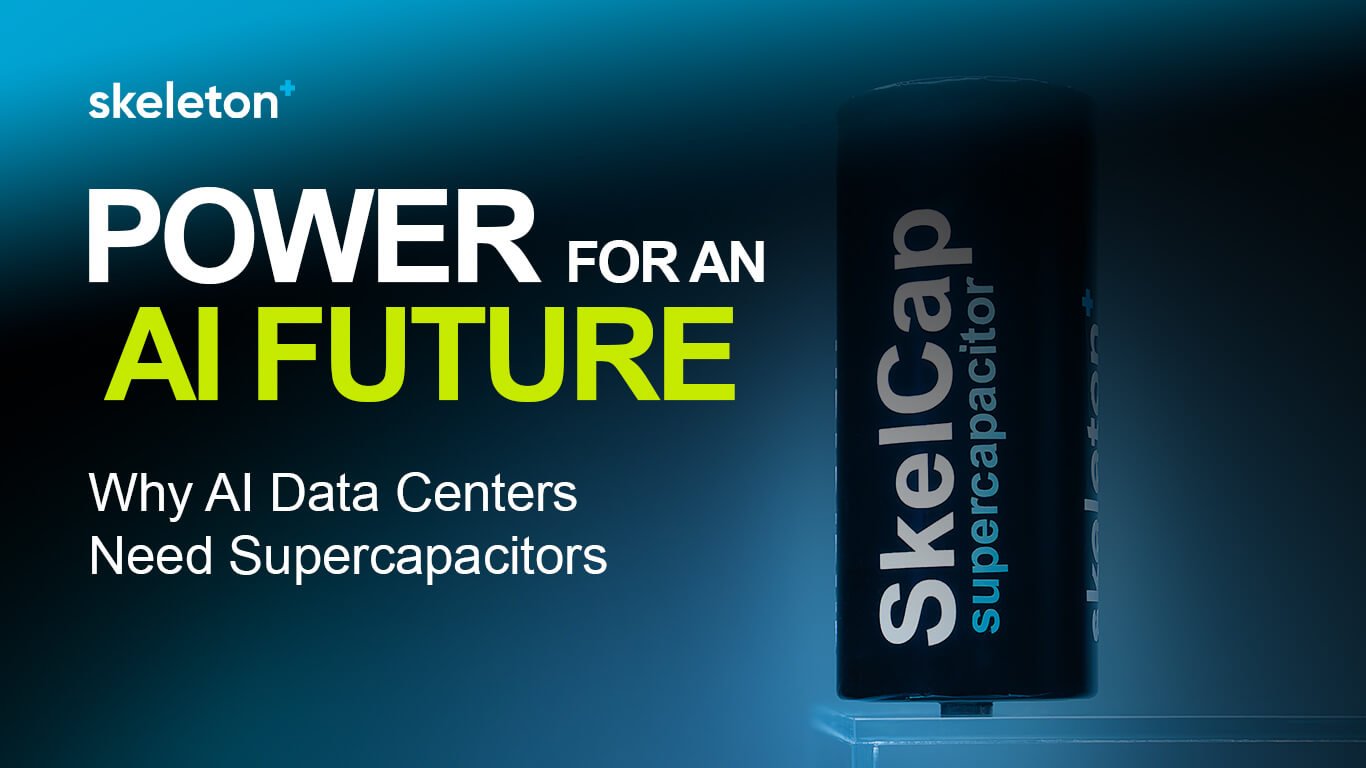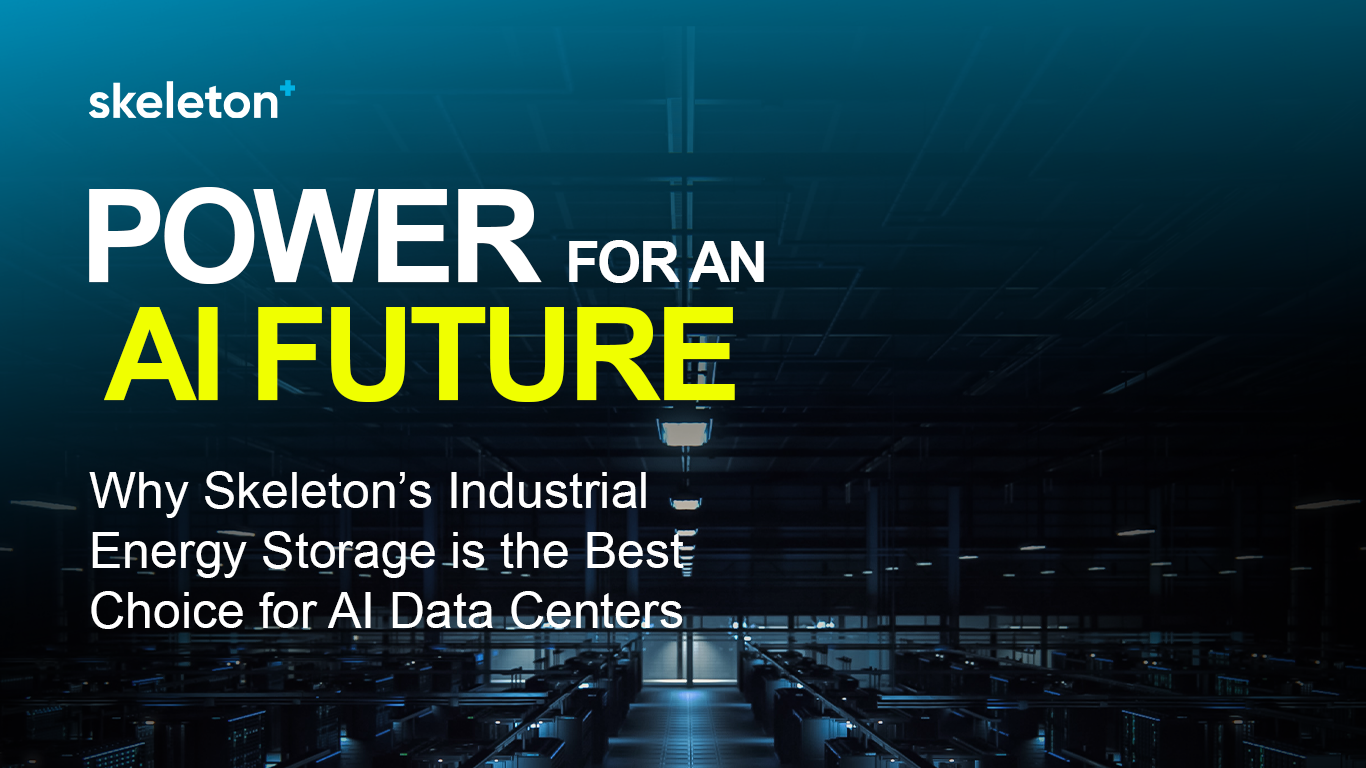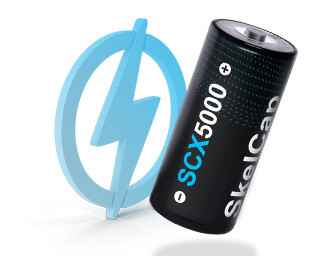
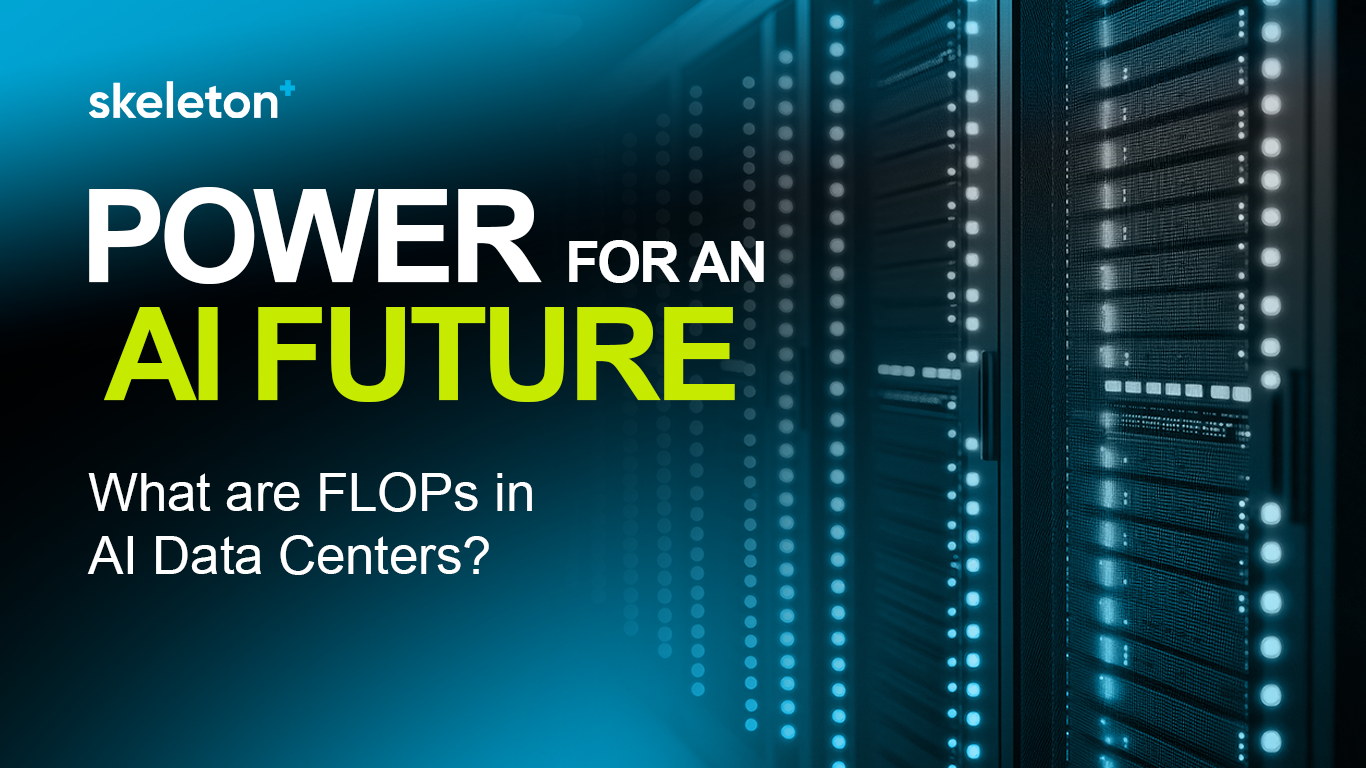
In AI data centers, it’s not just about how much power you have, it’s about how fast and efficiently you can deliver it. As GPUs drive AI workloads harder and faster, the underlying infrastructure, particularly power delivery and energy storage, is being pushed to a limit it was never designed for. And this is where understanding FLOPs, and how Skeletons' GrapheneGPU support becomes essential.

What Are FLOPs?
FLOPs, or Floating Point Operations per Second, measure how many arithmetic calculations a computer can execute in a second, specifically using floating-point numbers, which are essential in scientific computing, machine learning, and AI.
FLOPs are often misunderstood outside of engineering circles. A FLOP isn’t a task; it’s a unit of computation. One teraFLOP (TFLOP) equals a trillion calculations per second. When we talk about AI models, especially large language models (LLMs), we’re talking hundreds of TFLOPs per GPU, sustained for minutes to hours. Multiply that by thousands of GPUs in a hyperscale data center, and you get a scale that’s not just computationally intense, it’s electrically volatile.
Each FLOP executed by a GPU consumes electrical energy, sometimes only femtojoules (10^-15 joules), but when multiplied by billions of operations per second, the energy draw is massive. Even worse, it’s not linear. AI training workloads happen in bursts: a thousand GPUs ramp up from idle to full draw in milliseconds, generating power spikes in the megawatt range.
This means that the real bottleneck in scaling FLOPs isn't just compute availability, it's stable, high-speed power delivery.
Supercapacitors Are Essential for Stabilizing AI Data Centers
Most modern AI accelerators, GPUs, TPUs, custom AI chips, draw enormous power in highly dynamic profiles. A rack with GPUs, for example, can peak at tens of kilowatts with sub-second load changes.
These bursts:
|
|
|
|
Batteries, especially lithium-ion, simply don’t react fast enough. Even the best-designed UPS systems have latency in the hundreds of milliseconds. That’s too slow when you’re dealing with instantaneous demand swings from AI training clusters. This is why supercapacitors are becoming mission-critical.
Benefits of Implementing Skeleton's GrapheneGPU in AI Data Centers
Skeleton, Europe’s supercapacitor leader, has engineered a solution tailor-made for the AI data center problem: GrapheneGPU.Unlike traditional batteries, Skeleton’s Curved Graphene-based supercapacitors deliver:
|
|
|
|
|
But GrapheneGPU isn’t just a component. It’s a fully integrated, scalable energy delivery platform that:
-
Buffers peak GPU loads
-
Shaves power spikes to avoid grid penalties
-
Bridges the power gap in UPS systems
-
Stabilizes voltage at the rack and PDU level
-
And reduces stress on traditional batteries, extending their life.
It’s not a replacement for batteries, it’s the high-speed layer they’ve always needed.
What Happens Without High-Speed Storage?
Without a supercapacitors:
|
|
|
|
In a worst-case scenario, you lose compute, and in the AI world, that could mean losing millions of euros in lost training progress, not to mention reputation.
FLOPs Can’t Scale Without Energy That Keeps Up
You can’t increase FLOPs indefinitely if your infrastructure can’t keep up. And right now, power delivery is the constraint, not GPU supply. That's why hyperscale and edge operators are revisiting their energy architecture and realizing the AI power problem isn’t about more batteries, it’s about smarter buffering. Supercapacitors, and specifically, Skeleton’s graphene-enhanced designs, are the missing link between high-FLOP computing and high-reliability operations.
If you’re running AI infrastructure and focusing solely on cooling, rack density, or GPU cost, you’re missing the real bottleneck: power delivery speed.
You need an energy buffer that works on the same time scale as your compute, microseconds, not seconds. You need something that can ride the peaks of GPU ramp-up, absorb the troughs, and maintain voltage stability across high-frequency fluctuations.
It’s not just the most efficient way to keep up with FLOPs-heavy workloads, it might be the only way that scales safely, cost-effectively, and sustainably.
Want to know how to integrate supercapacitors into your AI data center? 🔗 Talk to Skeleton’s energy storage engineers
